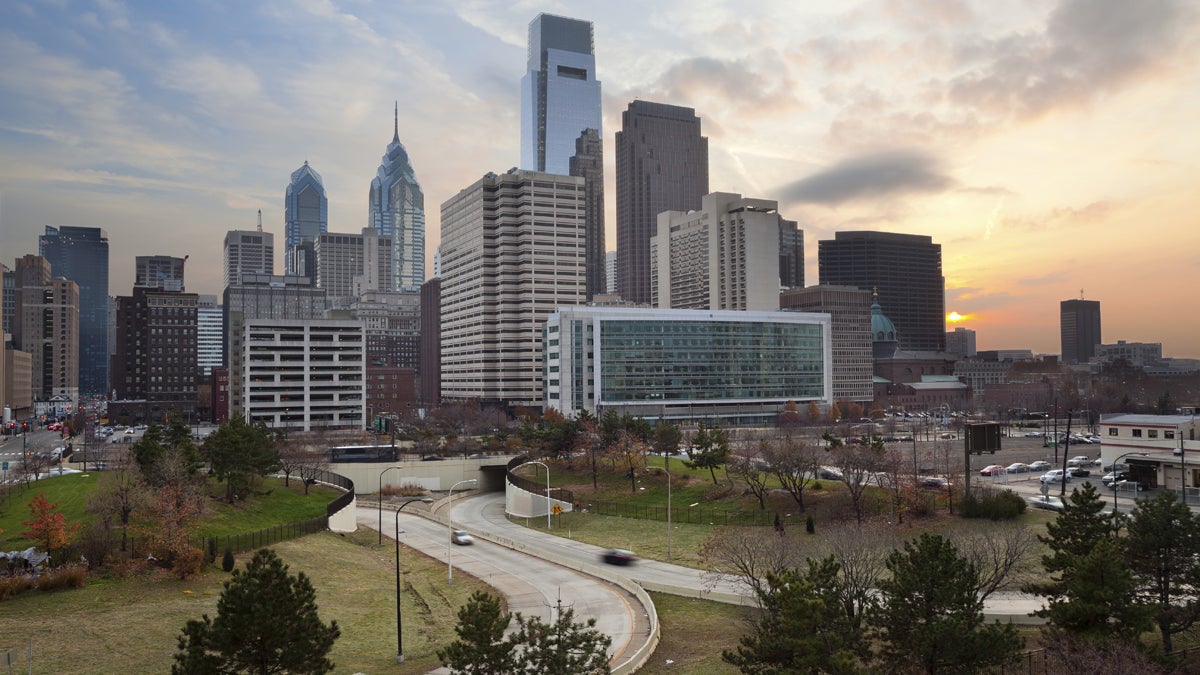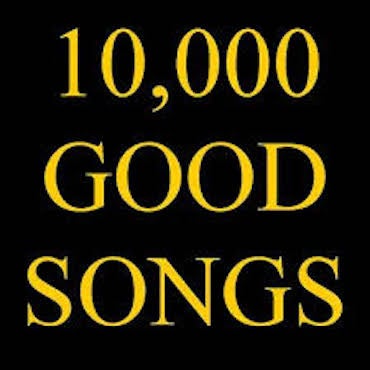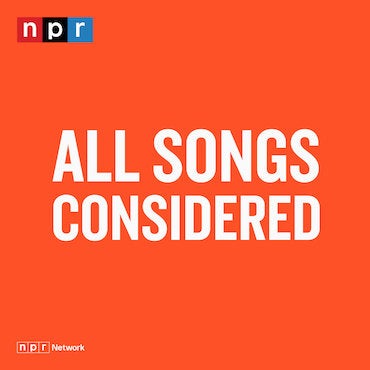Philly region cuts fine-particle pollution, but not ozone
Listen
Philadelphia at sunset. Since last year, the region has cut down on fine-particle pollution, but not ozone.
How clear are the skies? The American Lung Association has released its annual “State of the Air” evaluations of the air quality in the country’s 217 metro areas.
Philadelphia was one of 13 cities to reduce fine-particle pollution to the lowest levels since the report cards began 15 years ago. Despite the improvements, the metro area — which includes parts of New Jersey, Delaware, and Maryland — still ranked 11th worst in the country.
Also troublesome is an increase in ozone, or smog, pollution, said Kevin Stewart, the Lung Association’s mid-Atlantic director of environmental health.
“Ozone is a form of oxygen,” he said. “It’s good up high in the stratosphere where it protects us from ultraviolet light from the sun. But down here at ground level, ozone is a powerful respiratory irritant that can cause all sorts of problems for people, especially with lung disease — causing them to need more medication, send them to their doctor or the emergency room, even be hospitalized, and in some cases, can also result in death.”
Stewart said Philadelphia ranked 16th worst for ozone pollution and has an average of 17 bad ozone days per year.
“That’s a lot of bad air days,” he said. “And one bad air day, if it’s enough to send you to the hospital, if it’s enough to require more medications, even if it’s enough to just keep you home from school or work, that’s one bad air day too many.”
Part of the rise in ozone pollution is related to higher temperatures during the past three years when the data was collected. Ozone is created when nitrogen oxides and volatile organic compounds from car and factory emissions, among others, react in sunlight.
WHYY is your source for fact-based, in-depth journalism and information. As a nonprofit organization, we rely on financial support from readers like you. Please give today.

